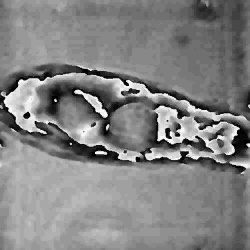![]()
C. Mann, L. Yu, & M.K. Kim, “Movies of cellular and sub-cellular motion by digital holographic microscopy”, Biomed. Engg. Online, 5, 21 (2006). > pdf |
|
|
C.J. Mann, L. Yu, C.M. Lo, & M.K. Kim, “High-resolution quantitative phase-contrast microscopy by digital holography”, Opt. Express 13, 8693-8698 (2005). (An image from this paper was featured on the masthead of the issue.) > pdf |
|
|
C. Mann, L. Yu, & M.K. Kim, “Movies of cellular and sub-cellular motion by digital holographic microscopy”, Biomed. Engg. Online, 5, 21 (2006). > pdf |
|
|

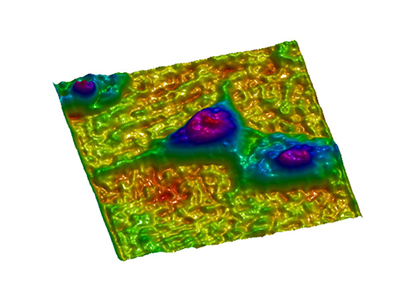
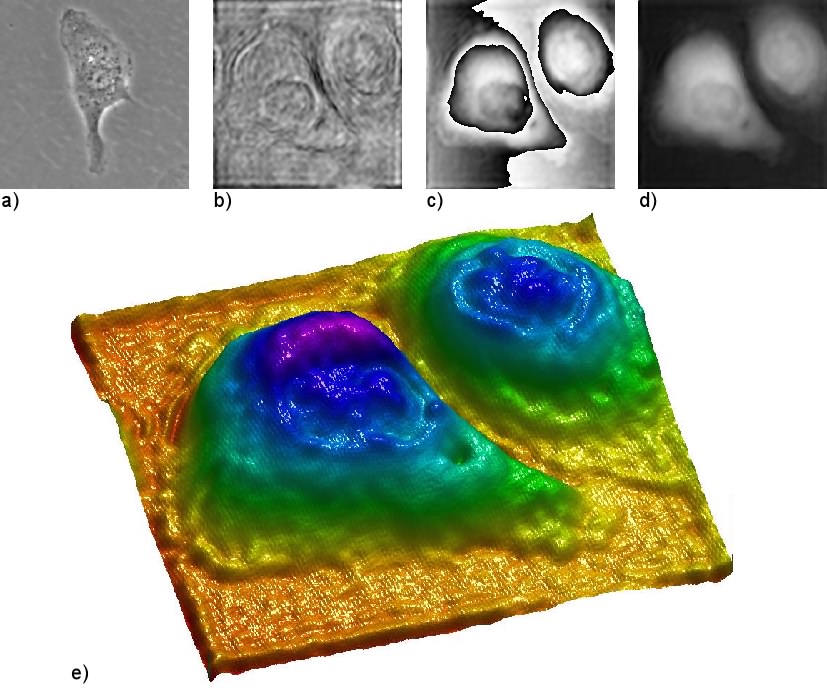
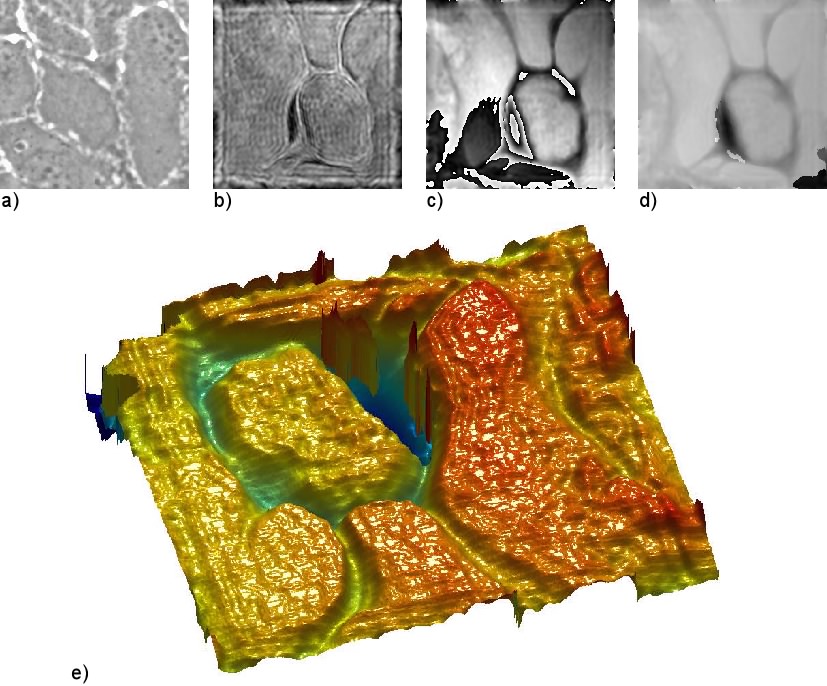
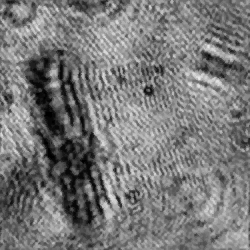 .
.
